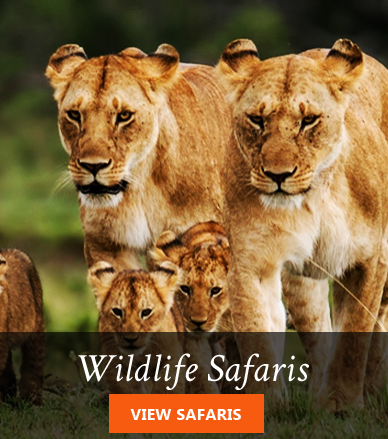Kruger is one of the largest game reserves in Africa, covering around 7,500 square miles. It was established in 1926 and now receives somewhere in the neighborhood of 1 million visitors each year and up to 5000 visitors per day, depending on season of travel.
This high number of visitors is partially due to Kruger park’s popularity with foreign tourists, but also to the fact that Kruger gets many more local South African visitors than other parks. South Africa has a relatively large population; a good number of South Africans can afford safaris. The Park is obviously the king of South African game parks and one of the best game viewing areas in all of Africa.
Why is Kruger Park so Attractive ?
The park figures and statistics speak for themselves. See below
Bird species – over 507 recorded
Reptiles – over 114 recorded
Fish – over 49 species recorded
Amphibians – 34 species recorded
Mammals – 147 species recorded
Plants – over 23,000 species recorded
The region itself is enormous, extending from the Crocodile River in the south to the Limpopo in the north, from the wooded foothills of the eastern escarpment to the humid plains of the Lowveld. It certainly fulfills most visitors’ fantasies of seeing magnificent herds of game roaming across acacia-studded stretches of savannah and, of course, is home to the Big Five.
Despite its huge size, Kruger park is very well developed, with a good network covering 2600 km of roads and numerous camps, making a Kruger safari relatively hassle free.
Nevertheless, despite the huge number of people passing through, Kruger has managed to maintain its wild atmosphere. Only 5% of the park is affected by the activities of the visitors and only a few areas in the south come close to the overcrowding seen in some of the East Africa’s game parks.
Best Time of the Year to Visit Kruger Park
Kruger experiences winter and summer in opposite times as Europe and North America and they correspond to the dry and wet season. Kruger’s climate changes through the year with each season bringing its own advantages
Summer season (October to April) is the wet/ rainy season in Kruger Park. The rains fill the rivers and waterholes, resulting in the bushveld looking lush. Game viewing is sometimes a bit more difficult during this wet summer season because the vegetation is dense, making it bit harder to locate and observe wildlife.
Towards the end of November and early December, Kruger National Park is filled with newborns and spotting wildlife with their young is a memorable Kruger Park safari experience. Birding is excellent during this time as the summer migrant birds arrive.
If you are planning on visiting the Kruger Park during summer we recommend you travel in an air-conditioned vehicle and stay in air-conditioned accommodation. It can get very hot during the day with up to a high of 30 degrees celsius.
Winter – Although some visitors might prefer the lush vegetation of the summer months, the best time for observing African wildlife in Kruger National Park is the dry winter season – May to September.
The bushveld is more open allowing for better visibility. The grass is low, the bushes and trees are sparsely leaved and because it is so dry – with no rain – the wildlife will migrate towards the water. Water holes, dams and rivers become a hive of activity and you are more likely to spot wildlife in the morning and evening as they come for a drink of water.
The day temperatures in winter are pleasant but it can get quite chilly during the night-time so make sure you pack something warm when going on your afternoon/night game drives.




Leave a Reply